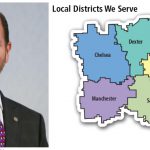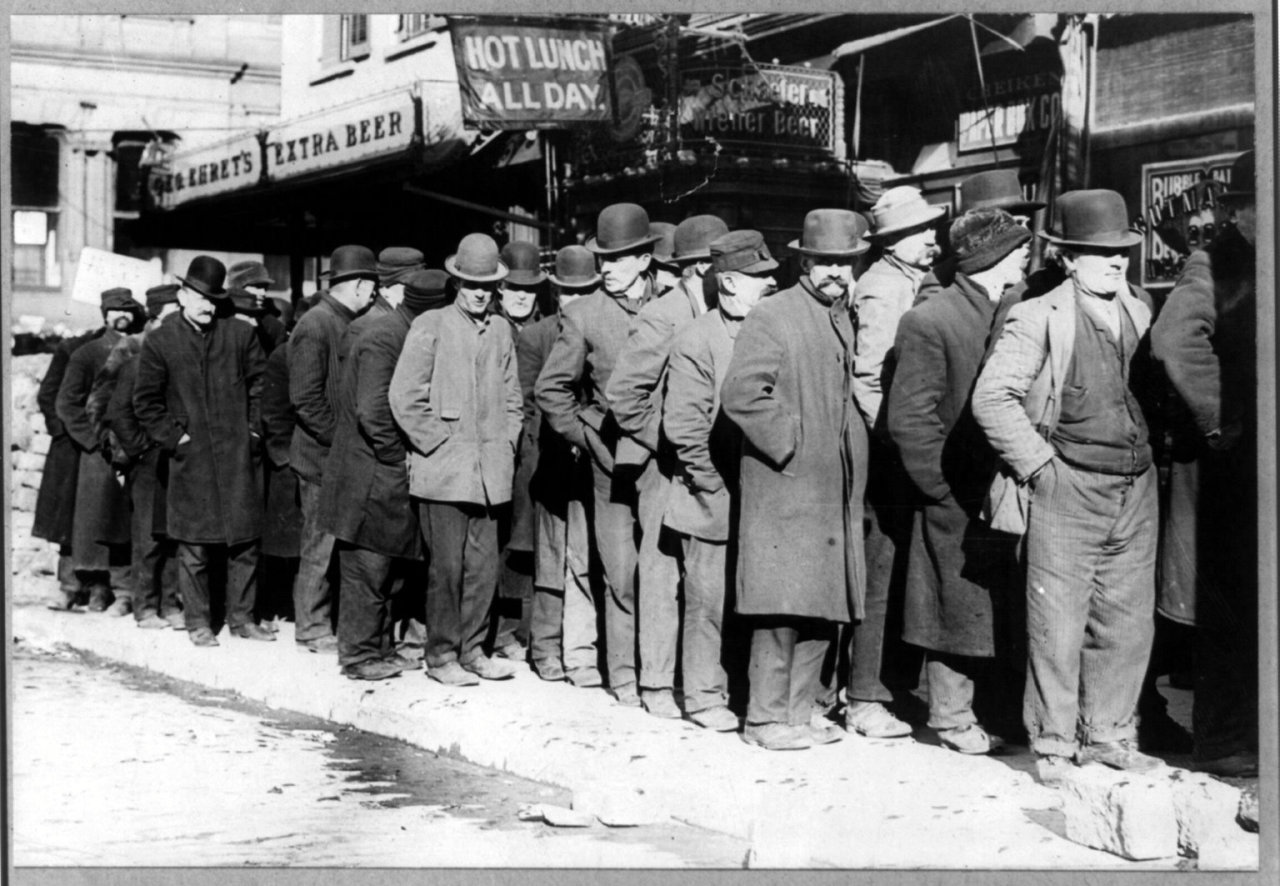The unemployment rate remains stable for the moment
Continuing our ongoing coverage of the labor market, the release of the February Employment Situation by the Bureau of Labor Statistics shows that unemployment hasn’t moved since December’s revised number of 4.1%, and neither has the U-6 “underemployment” rate.
December | January | February | Jan-Feb Change | |
U-3 Unemployment Rate | 4.1% | 4.1% | 4.1% | 0.0% |
U-6 Unemployment Rate | 8.2% | 8.2% | +0.0% | |
Civilian Noninstitutional Population* | 256,597 | 256,780 | 256,934 | +463 |
Civilian Labor Force | 160,930 | 161,115 | 161,921 | +991 |
Employed | 154,339 | 154,430 | 155,215 | +876 |
Unemployed | 6,591 | 6,684 | 6,706 | +115 |
Employment-Population Ratio | 60.1% | 60.1% | 60.4% | +0.3% |
Part-time for Economic Reasons | 4,989 | 5,160 | +171 | |
Marginally Attached to Workforce | 1,653 | 1,602 | -51 | |
| 451 | 373 | -78 | |
* All numbers are in thousands, and are seasonally-adjusted |
While the rates did not change, the underlying numbers shifted significantly. At the same time that the total population rose by 153,000 people, the labor force rose by 806,000, which is almost as much as it rose over the last 6 months of 2017. Almost all of those people went directly into employment, suggesting that the tight labor market of the last year is starting to drive businesses to hire people who’ve been previously sitting out the job hunt, which is also reflected in the substantial drop in discouraged workers. On the other hand, the number of “long-term unemployed”, folks who’ve been actively looking for work for over 12 months, hasn’t shifted, so the underlying dynamic is unclear. In any case, the apparent plateau on the unemployment rate shows no signs of giving way, and the ability of the job market to absorb more workers suggests that for the moment at least it might remain at its historical level of tightness. However, with President Trump finally unleashing the trade war he’d been promising since the campaign, it’s possible the dislocations involved in switching labor demand between industries will start increasing the unemployment rate, though that’s likely to be a slow process, accelerating as retaliatory tariffs begin to be applied by our trading partners.
David is one of the earliest writers for Torchlight, and also pinch hits on website support and editing/posting. He holds a PhD in Economics, which with $5 would get him a latte; sadly, he doesn’t even like coffee. He can be reached at dspitzley@torchlightmedia.net.


